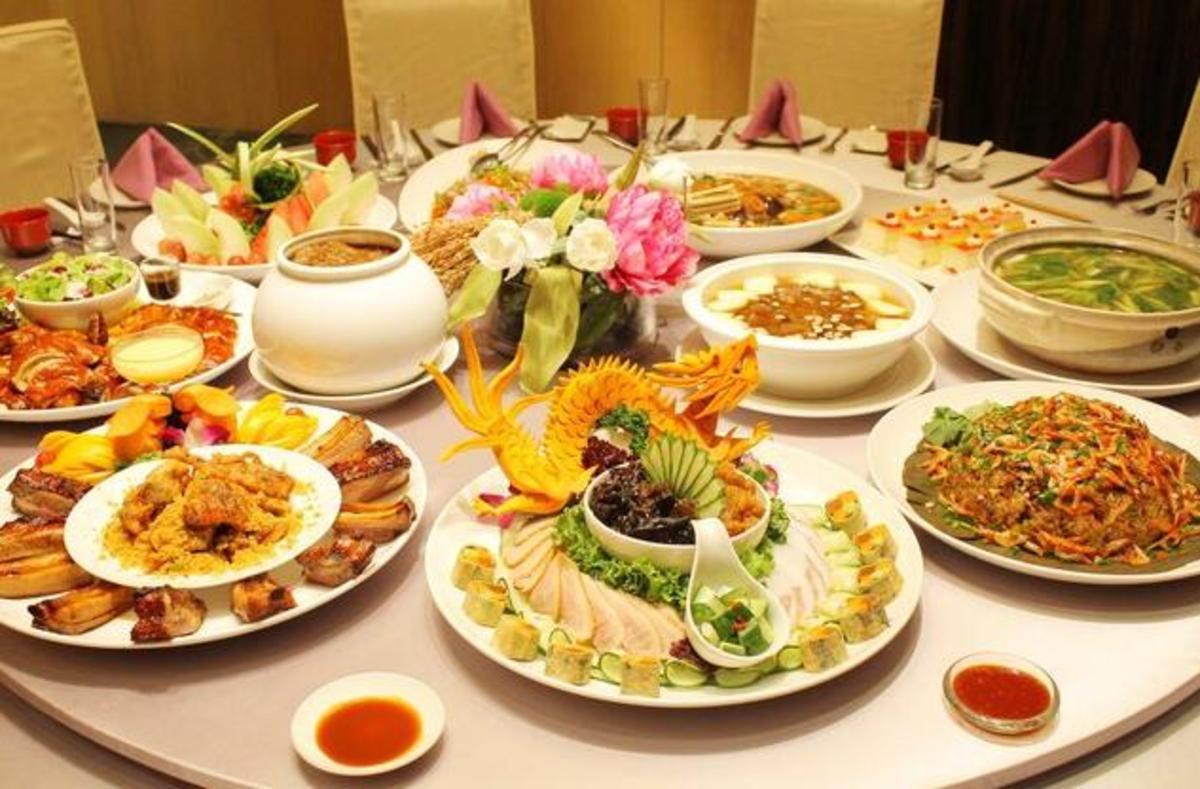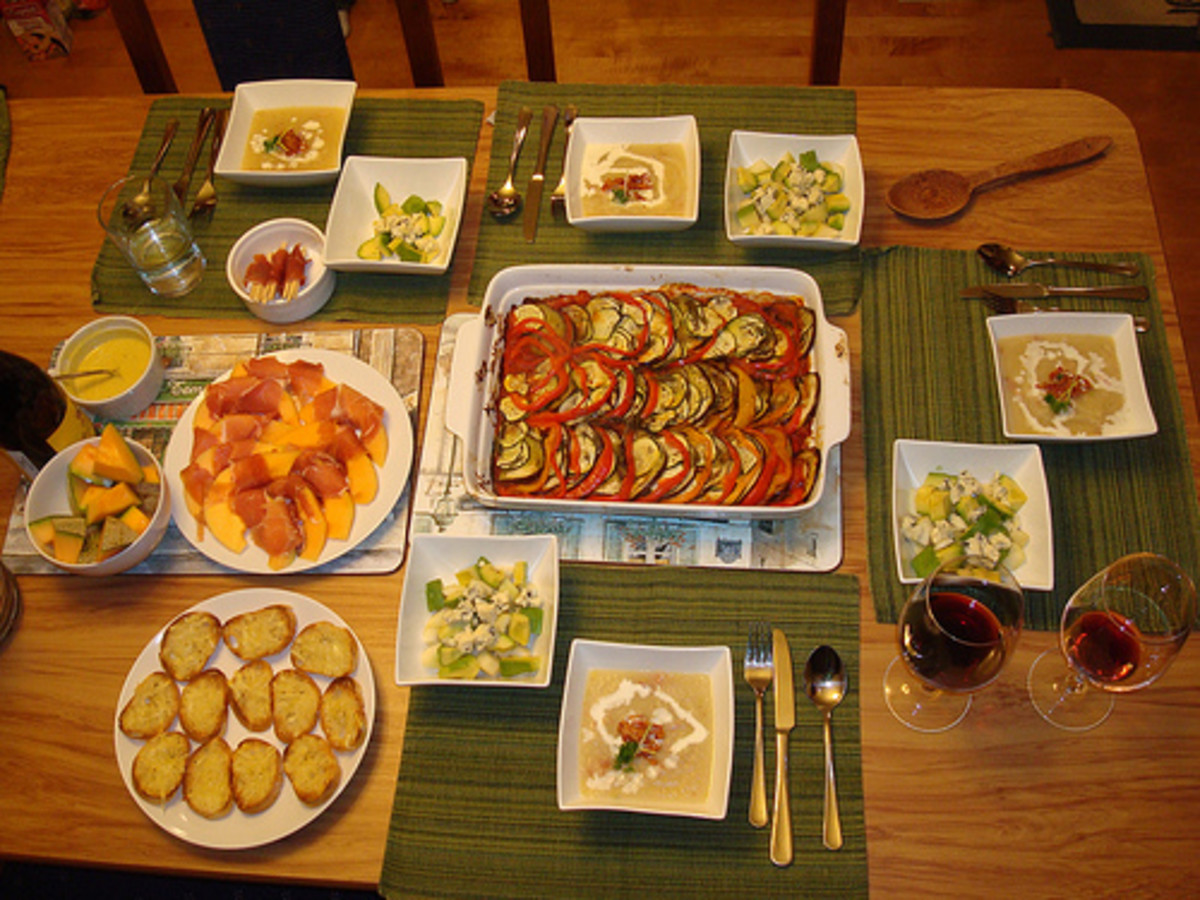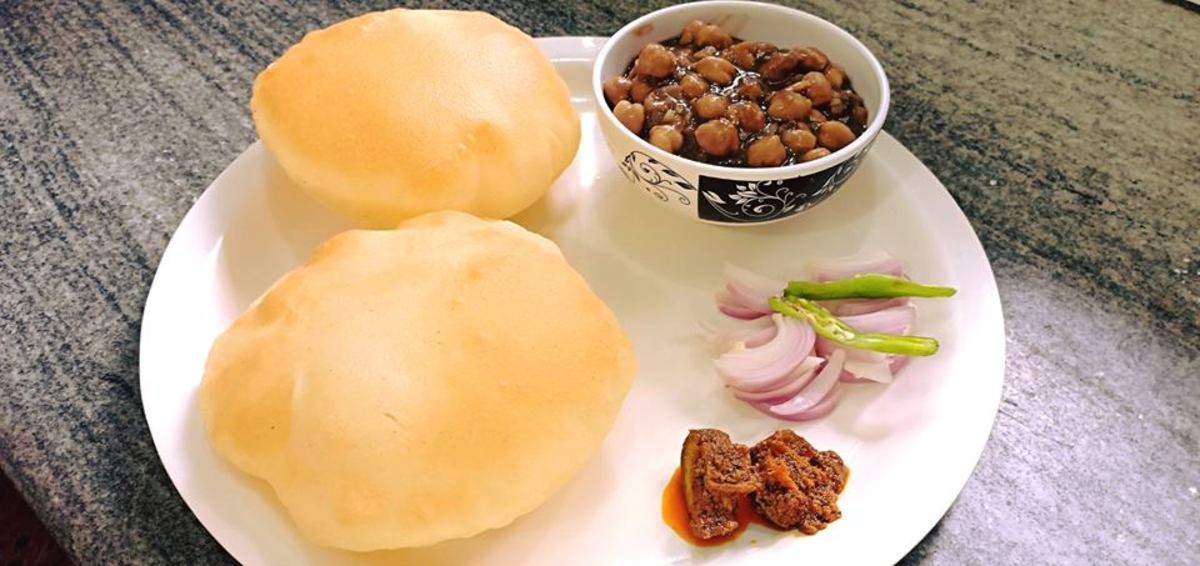- HubPages»
- Food and Cooking»
- World Cuisines»
- South Asian Cuisine
A South Indian Vegetarian Dish - Kuzhambu
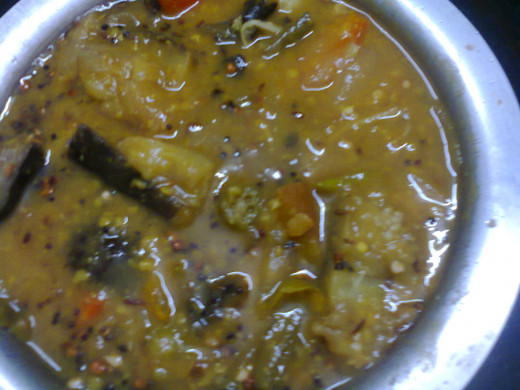
What is Kuzhambu/Pulusu
"Kuzhambu" is a South Indian dish mostly used as the side dish with rice. It is known as "Pulusu" in Andhra Pradesh and "Kulambu" in Tamil Nadu. It is prepared with pulses (yellow split pigeon peas) and vegetables. Most people get confused with the kuzhambu recipe and think it to be the same or equivalent to the 'Sambar' dish served with idlis.
But, no, it is not Sambar. Kuzhambu is different from Sambar.
In Sambar, we use a lesser quantity of tamarind juice and add very finely cut pieces of vegetables and a special spice powder known as 'sambar powder'.
But Kulambu gets prepared by adding a comparatively larger quantity of tamarind juice and big pieces of vegetables; with no sambar powder. Instead of the sambar powder, green chilies or dry chili powder is used. Some people use pepper powder also.
Importance of Kuzhambu Recipe in Southern India
- Kulambu is used daily for eating rice food. Either Kulambu or sambar is a must side dish for eating rice in entire south India, especially in Andhra Pradesh and Tamil Nadu. While the Tamils mostly favor sambar, the Andhra people like Kulambu known as Pulusu.
- Kuzhambu is considered a must dish on the 3rd day of the Makar Sankranti in January, an old custom practiced by people in Andhra Pradesh.
- Further, there is a traditional practice to prepare Kuzhambu recipes on all festive occasions and family gatherings. Meals without Kulambu are considered incomplete.
- Marriage festivities are also considered incomplete or of low prestige if this Kulambu recipe or Pulusu is not served.
- It is a calorie-rich heavy recipe to fill your stomach's hunger.
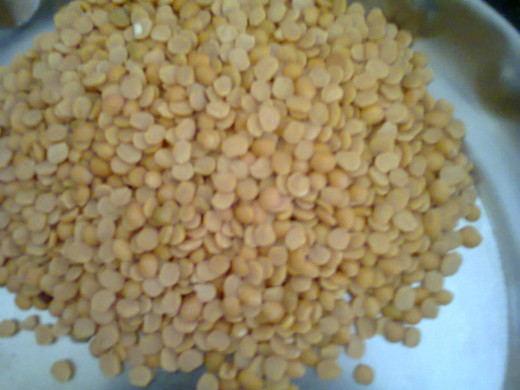
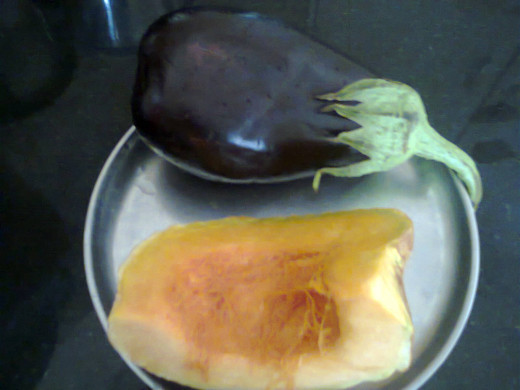
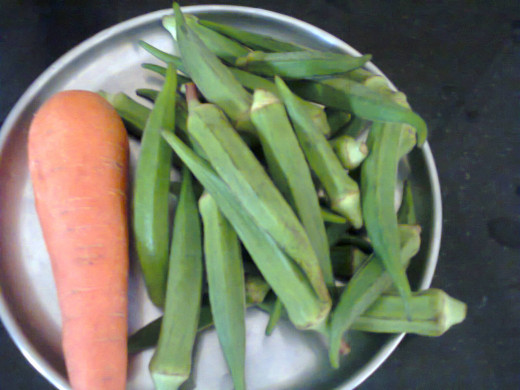
Ingredients for Preparation of One Liter Kuzhambu Recipe or Pulusu Recipe
Quantity
| Ingredients
| specifications
|
|---|---|---|
100 grams
| split yellow pigeon peas
| to be cooked separately
|
250 grams
| yellow pumpkin
| no need to remove skin
|
200 grams
| Big brinjals
| Big round, black brinjals
|
200 grams
| carrot or sweet potatoes
| fresh and soft
|
100 grams
| ladyfingers
| fresh
|
200 grams
| Onions
| remove outer layers
|
50 grams
| tamarind
| to be soaked for juice
|
50 grams
| jaggery
| shave for easy mix
|
one spoonful
| dry chilli powder or green chillies
| use either powder or 4,5 green chillies
|
one spoon
| salt
| |
half spoonful
| turmeric powder
| |
small quantities
| mustard seeds, cumins, methi (fenugreek) seeds
| for frying to top
|
a small bunch
| coriander leaves (optional)
| for topping
|
The above ingredients can make one Litre of kuzhambu recipe which can be served to ten people.

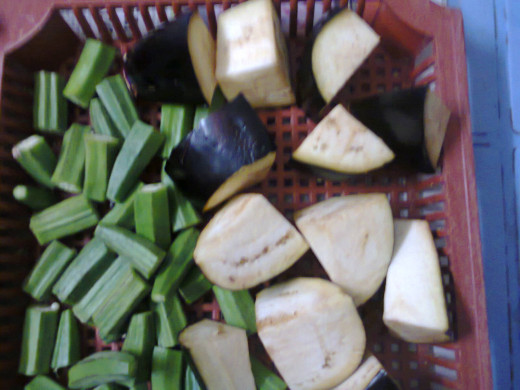
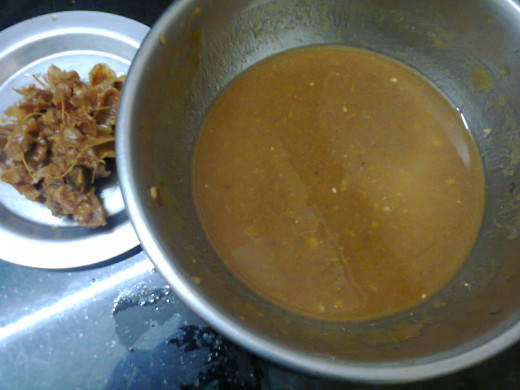
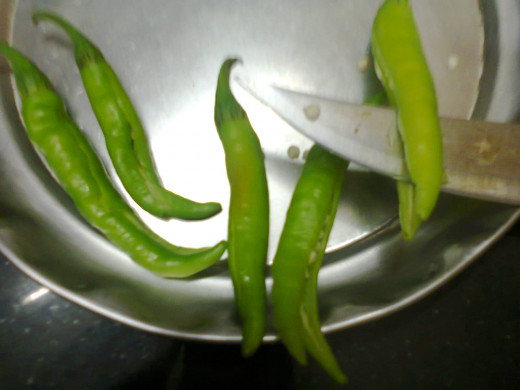
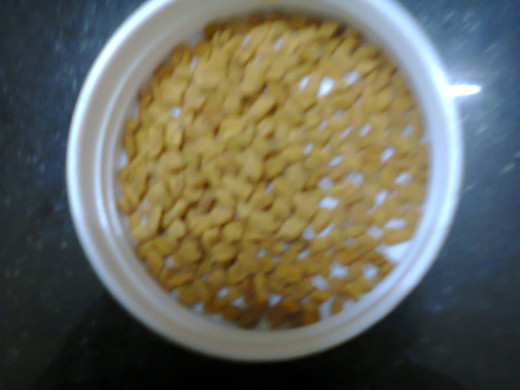
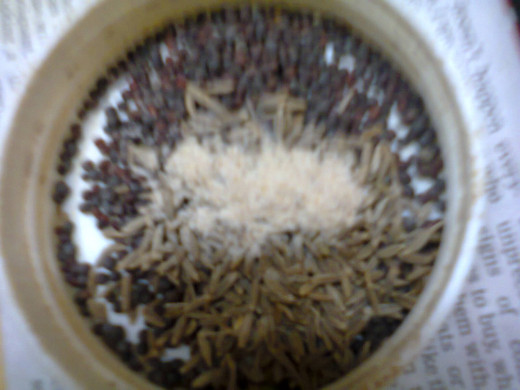

Step-By-Step Preparation of Kuzhambu Recipe
- In the first place, soak 50 grams of tamarind in a small wide container with 200 ml water.
- Then, take the dal (pigeon peas) into a cooker, wash them and add water to cook and place the cooker on the flame and allow it to cook till it emits four to six whistles. Some grades may require extra cooking.
- In the meantime, you can keep the vegetables ready. Take the vegetables as listed above or others of your choice and cut them into big pieces as shown in the images. You can cut big pieces or medium pieces. Some prefer large pieces to enjoy the special taste of those pieces when cooked in the Kulambu. You can add sweet potatoes or ordinary potatoes in place of carrot. After cutting vegetables and onions, take green chilies and slice them vertically from the bottom end without separating the pieces at the top end or head end.
- After the dal (pulses) gets cooked, remove the cooker from flame and allow to cool for opening the lid.
- When vegetables are cut and the jaggery is also shaved into thin layers or cut into tiny pieces, prepare the tamarind pulp juice by removing the waste from the pulp.
- Now, remove the lid of the cooker, mix the dal with a ladle and add the vegetable pieces and tamarind juice into it and mix well pouring more water so that the mix is in a medium-thick liquid form. Then add shaved jaggery, salt, turmeric powder and the green chilies into it. Place the lid on the cooker and again place it on heat for 5 minutes or so to have 3 to 4 whistles. Then remove it from the flame and cool for some time.
- Place a small frying pan or ladle on low flame and pour one spoonful of oil into it and allow to heat. Then add the seeds of mustard, fenugreek, and cumin, and a pinch of asafoetida powder; fry till fenugreek gets a little dark and add it to the Kulambu recipe as a topper. You can top again it with the coriander leaves finely cut for a good look and smell.
- Before topping, you are expected to remove the Kulambu from the cooker into a separate bowl or container having a lid. Now, your Pulusu or Kulambu recipe is ready for serve.
Extra Tips to Make Kuzhambu Tasty and Delicious
- Cook the (dal) pulses to become a soft soup so that it mixes easily with the cooking vegetables for a better look and taste.
- You may add other pulses like chickpeas, green peas, or black peas also in small quantities for a mixed taste while cooking the yellow pigeon peas.
- You may increase/decrease the tamarind and jaggery quantities as per your tastes.
- Some people add drumstick pieces but it will be uneasy or embarrassing while eating; as you may have to spit out the hard core of it. Better leave them unserved.
- If you are adding sweet potatoes, no need to add pumpkin also as both are sweet veggies. Or you may take reduced quantities of both.
- Add your choice and combination of vegetables and their quantities. But remember to make the preparation somewhat thick instead of preparing a diluted one for good taste.
- And, yes. Adding green chilies is best instead of adding the chili powder or pepper, or other powders. Green chilies give you the best taste and are healthy also.
- While topping it, it will be better if you can make powder of the fenugreek by separately frying it dry and mix the powder in the prepared Kuzhambu or Pulusu recipe and then top it with other ingredients fried in oil.
- Topping with fresh coriander leaves enhances the flavor and beauty of the recipe though I have been unable to add them.
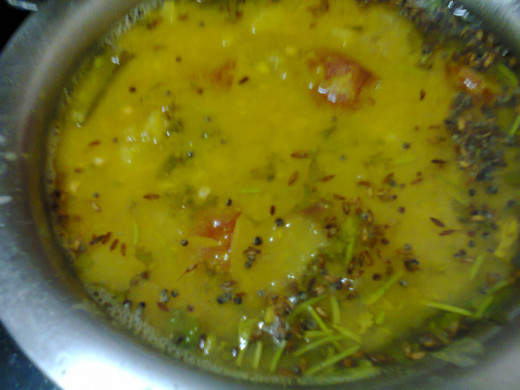
This content is accurate and true to the best of the author’s knowledge and is not meant to substitute for formal and individualized advice from a qualified professional.


